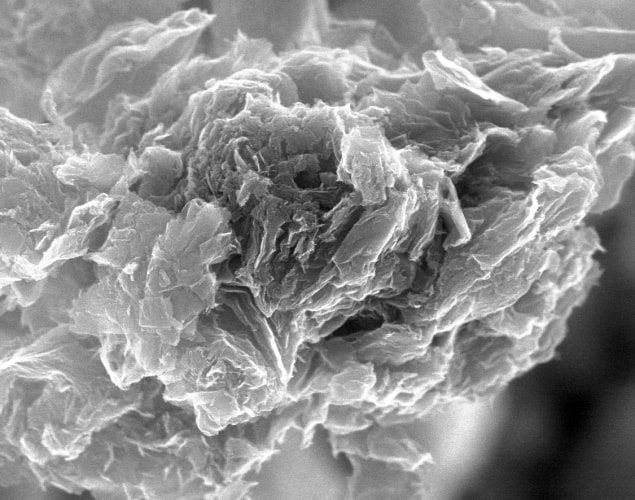
The researchers, from Rice University and Kazan Federal University, used oxidatively modified carbon (OMC) material to remove caesium and strontium from samples of water. Published in the journal Carbon, their work details how over 90 per cent of the radioactive elements were extracted using OMC column filtration.
“Just passing contaminated water through OMC filters will extract the radioactive elements and permit safe discharge to the ocean,” said Rice chemist James Tour, who led the project with Ayrat Dimiev, a former postdoctoral researcher in his lab and fuknow a research professor at Kazan Federal University. “This could be a major advance for the cleanup effort at Fukushima.”
According to Tour, OMC makes good use of the porous nature of two specific sources of carbon. One is an inexpensive, coke-derived powder known as C-seal F, used by the oil industry as an additive to drilling fluids. The other is a naturally occurring, carbon-heavy mineral called shungite, which is found mainly in Russia.
The team found that the two types of OMC were efficient at extracting cesium, which has been the hardest element to remove from radioactive water stored at Fukushima. The OMC was also much easier and less expensive than previously used filtration materials such as graphene oxide.
“We know we can use graphene oxide to trap the light radioactive elements of relevance to the Fukushima cleanup, namely caesium and strontium,” Tour said. “We learned we can move from graphene oxide, which remains more expensive and harder to make, to really cheap oxidised coke and related carbons to trap these elements.”
As well as being cheaper than other materials, OMC has the added advantage of not having to be stored alongside the radioactive waste it is used to treat.
“Carbon that has captured the elements can be burned in a nuclear incinerator, leaving only a very small amount of radioactive ash that’s much easier to store,” said Tour.



Red Bull makes hydrogen fuel cell play with AVL
Formula 1 is an anachronistic anomaly where its only cutting edge is in engine development. The rules prohibit any real innovation and there would be...